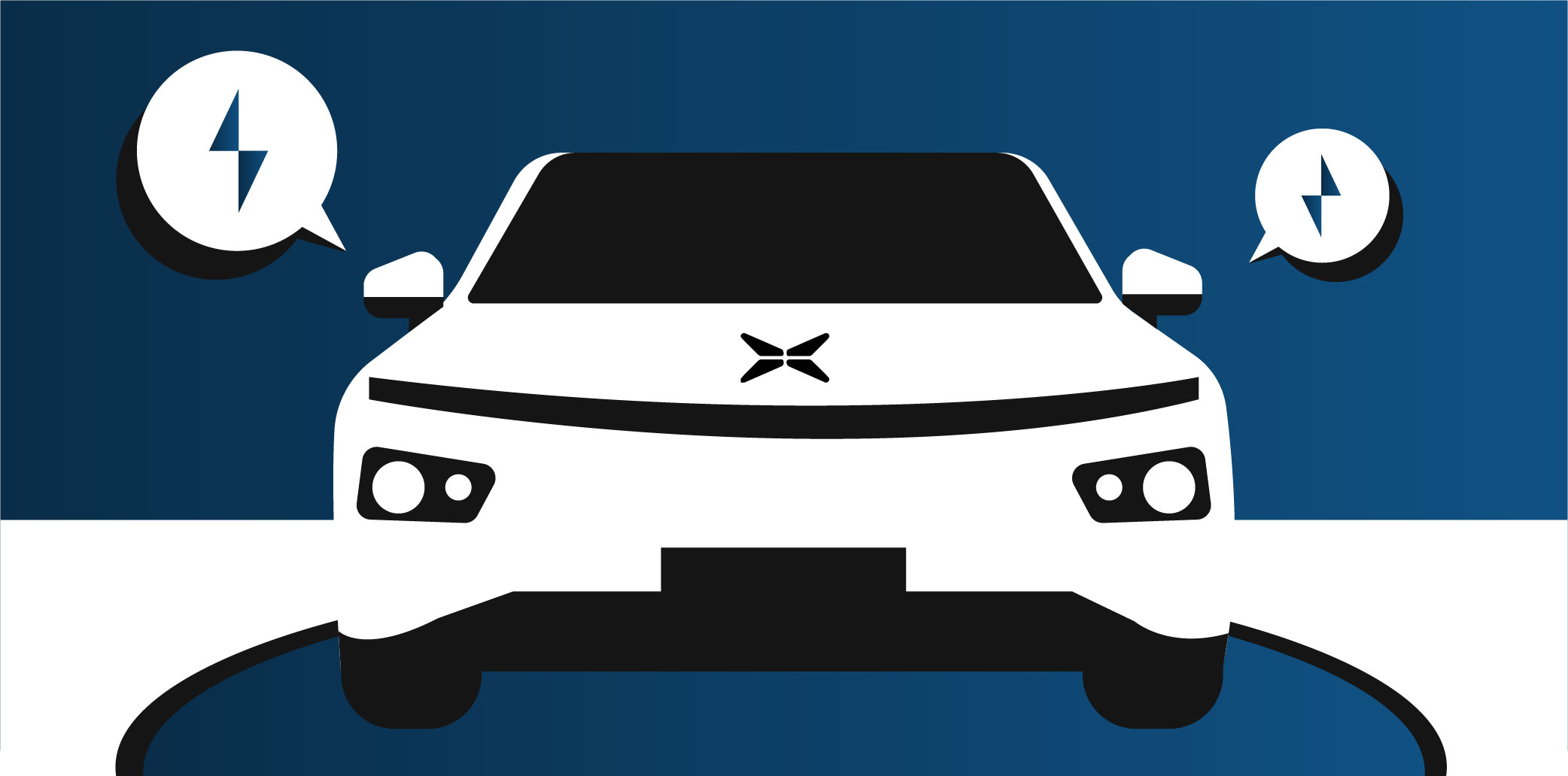“I hope the orders don’t increase too fast. The supply chain needs a bit of a break,” said Jiang Wen, head of R&D for Xpeng Motors’ Mona electric vehicle series.
On August 27, after the launch of the first EV in the Mona series, the M03, orders surged, creating a welcome challenge for Xpeng—managing deliveries. Just the day before his interview with 36Kr, Jiang left the office at 2:30 a.m. Now stationed at Xpeng’s Zhaoqing production base, he was tasked by CEO He Xiaopeng with overseeing production to keep operations running smoothly.
Jiang’s focus on scaling up production contrasts with the automotive industry’s ongoing price wars and aggressive promotions. The Mona M03 quickly gained popularity thanks to its sleek design, electric range starting at 515 kilometers, and intelligent driving system. Priced from RMB 119,800 (USD 16,772), it’s proving to be more popular than Xpeng’s P7.
In just 48 hours, the M03 garnered 30,000 orders, with the company’s supply chain reporting daily orders surpassing 2,000 vehicles. Industry insiders suggest that Xpeng now holds over 100,000 M03 orders.
“The M03’s success has been a bit of a surprise. It’s like Xiaomi’s SU7—people really identify with the M03,” Jiang said, comparing it to Xiaomi’s first car, which saw nearly 90,000 preorders within 24 hours.
Xpeng initially projected monthly sales of 10,000 units and planned its supply chain accordingly. However, with demand far exceeding expectations, the company made quick decisions to ramp up production within just ten days. According to Jiang, the primary bottleneck isn’t at the Zhaoqing base but within the supply chain. He has been in discussions with key suppliers to expand capacity.
Increasing production isn’t easy. The automotive supply chain is long and interconnected, with scaling up requiring adjustments to molds, fixtures, and production lines. Molds, in particular, have fixed processing times that can’t be shortened by simply adding more workers.
To tackle these challenges, Xpeng has deployed teams from design, manufacturing, quality control, and logistics to work directly with suppliers. “It’s like a 24-hour relay race,” Jiang said. “As soon as one process finishes, it moves straight to the next. We’re making sure every step transitions seamlessly to maximize time and capacity.”
The M03 is a key part of Xpeng’s strategy for 2024. Since acquiring the Mona project from Didi, the company has invested over RMB 5 billion (USD 700 million). It has also made more than 100 upgrades to the M03 vehicle. These enhancements span exterior and interior redesigns, as well as improvements to the chassis and battery, all aimed at boosting safety and reliability. Xpeng has also integrated advanced features like full-scenario voice control and an intelligent driving system.
Thanks to its competitive price, attractive design, and smart features, the M03 has captured the attention of a significant portion of younger consumers. “In surveys of over 1,000 users, we found that more people are prioritizing quality and style, especially young people willing to invest time and money in things they like,” Jiang said. “Price-to-performance ratio matters, but if the product is good, they’ll pay for it.”
Judging by the surge in orders, the M03 has clearly hit the mark. However, the M03 faces competition from competitors like BYD and GAC Aion, which develop models in the same price range. To secure lasting sales and brand recognition, Xpeng needs to continue scaling production to meet demand.
Keeping production capacity high enough to meet demand has long been a challenge for Xpeng. In 2023, the G6 model faced supply chain issues that slowed deliveries.
To avoid similar problems, Xpeng president Wang Fengying began planning the M03’s production ramp-up as early as December 2022, benchmarking against industry standards. The company also held three major conferences between April and June 2023 to align suppliers with the project.
These measures, along with Xpeng’s internal organizational changes, have been key. In last year’s restructuring, CEO He took direct control of the supply chain. Early this year, he remarked on social media that “good management starts with learning how to save money, but it’s even more important to know how to spend it wisely for the long term.”
Jiang shared that He has been personally reviewing the entire cost structure of the M03 every month since he took charge of supply chain matters, from bill of materials (BOM) costs to per-vehicle manufacturing, logistics, and warranty expenses. He is said to examine every detail, tracking targets, identifying gaps, and ensuring progress.
Xpeng’s collaboration with Volkswagen has also boosted its supply chain management. The company has gained valuable insights from Volkswagen’s century of experience, particularly in quality assurance, production, and logistics. CEO He even led a team to study production management at Volkswagen’s Anhui factory, where they exchanged ideas on quality control and logistics.
“The M03’s success isn’t just luck,” Jiang said, adding that future models in the Mona series will be priced slightly higher than the M03 but will offer a broader range of options.
Looking ahead, Xpeng plans to apply the lessons learned from developing the M03 to future models. According to Jiang, Xpeng has now established a robust supply chain management methodology, which will be key to launching more popular models like the M03.
“The methodology we’ve developed is now part of our organizational muscle memory. It ensures we’ll continue to release blockbuster products like the Mona M03,” Jiang said.
KrASIA Connection features translated and adapted content that was originally published by 36Kr. This article was written by Li Anqi for 36Kr.

